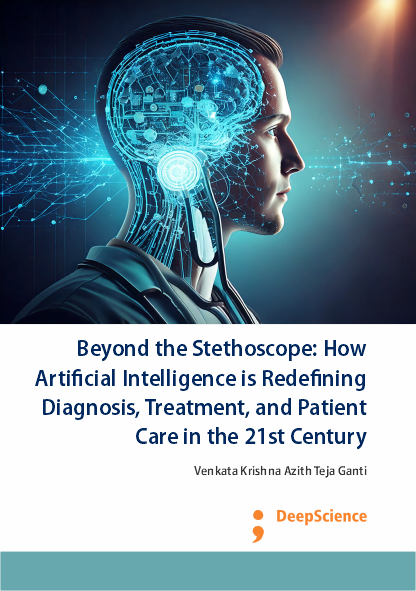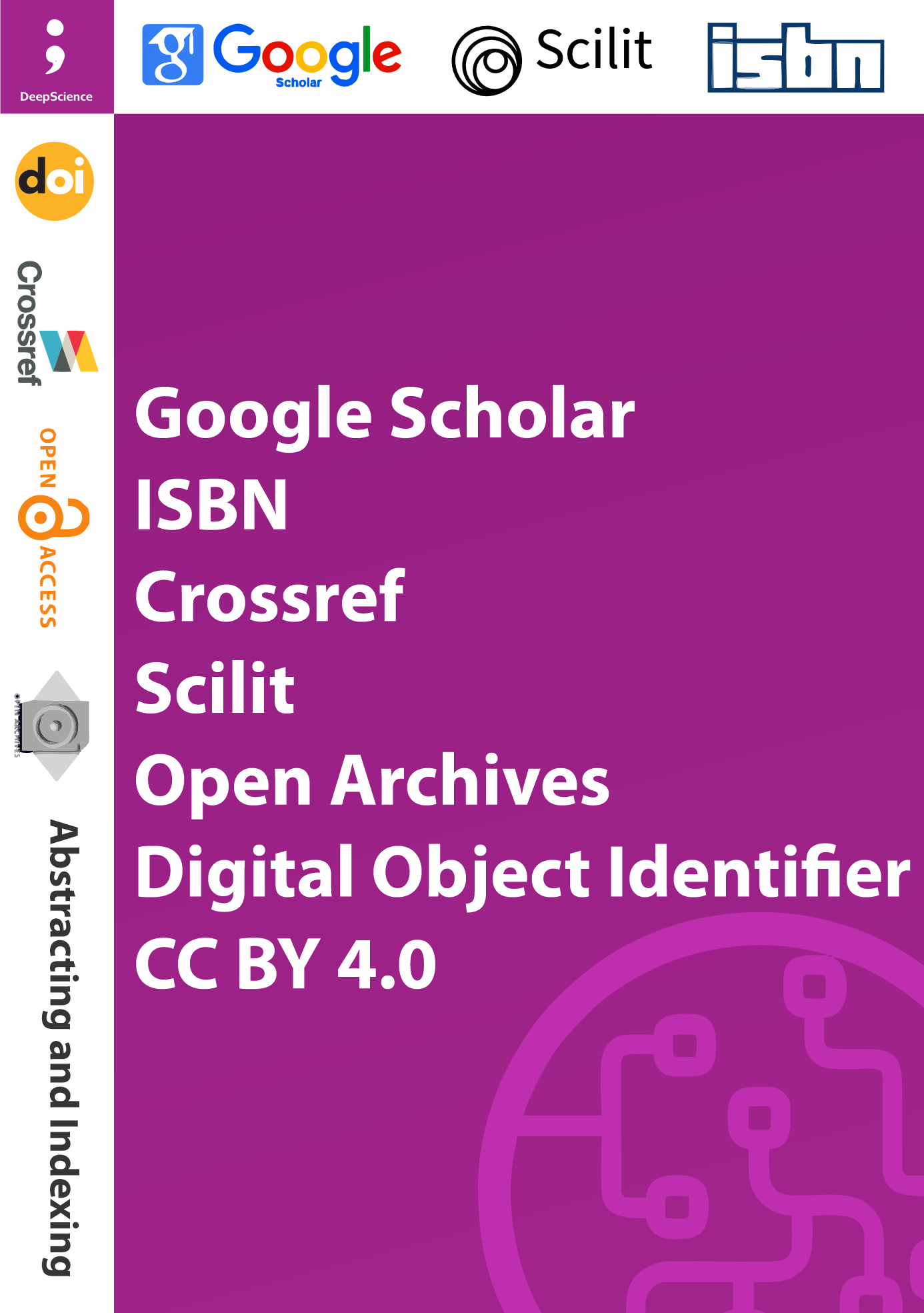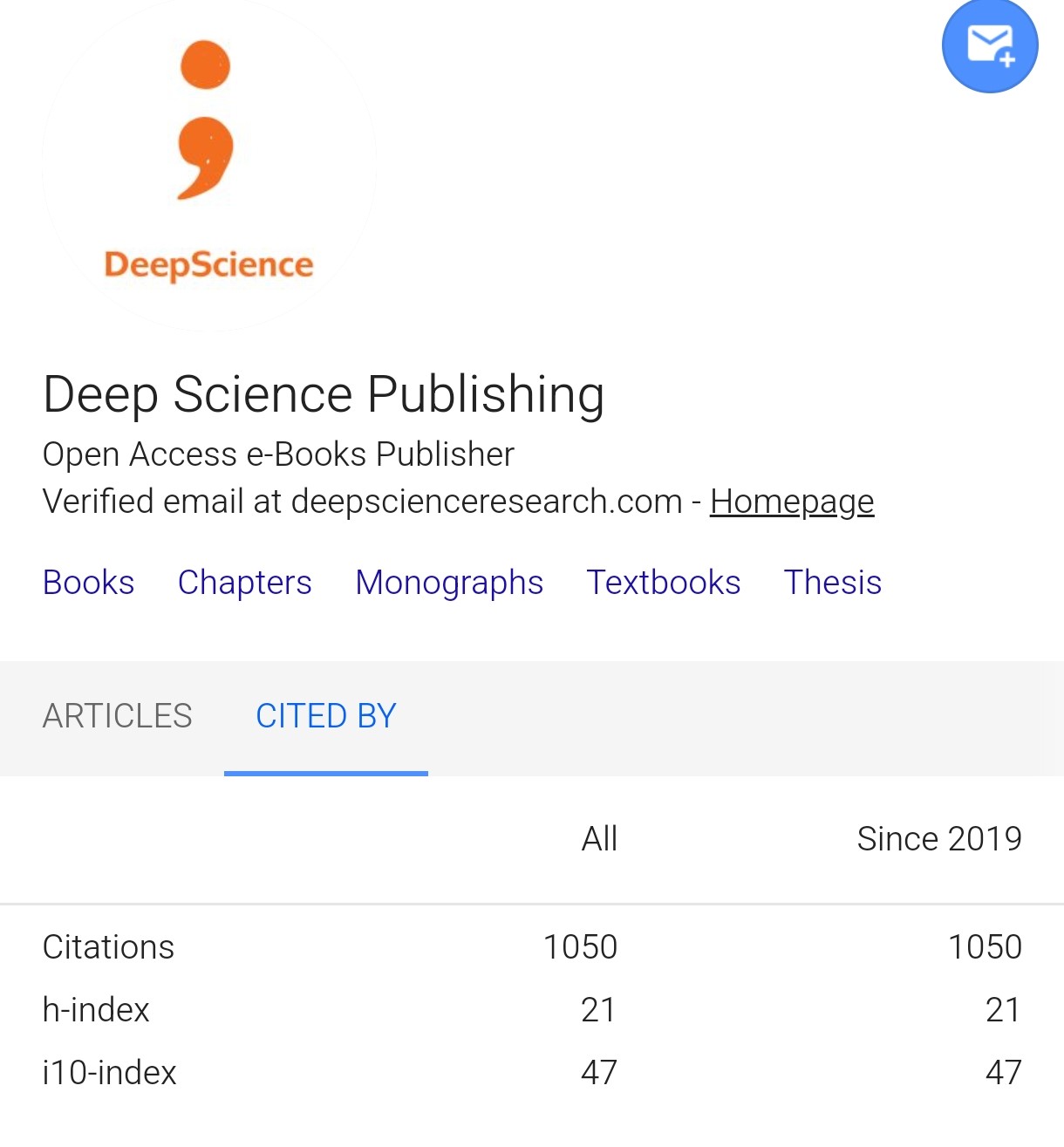Integrating artificial intelligence with medical imaging: A new era in radiology and diagnostics
Synopsis
As technology advances rapidly in the 21st century across most industries, it is crucial for medical systems to advance with it. Medical imaging plays a significant role in accurate diagnostics and hence appropriate treatment planning. The significant advances in both AI and imaging technologies have a potential synergistic relationship that can transform radiological and diagnostic workflows in a way not seen before. Current healthcare systems are facing ever-increasing demands, with continual growth projected. This is putting immense strain on resources and staff, who are at their limits. One of the key bottlenecks within healthcare is the time-consuming need for accurate diagnostics. As patient numbers increase, it becomes less plausible to expect healthcare staff to execute an ever-increasing number of accurate diagnoses in a timely manner. The timely and accurate diagnosis is fundamental to any patient’s successful care pathway. As medical imaging techniques continue to flourish, the technological side of healthcare has significantly advanced. The vast quantity of available scans in medical systems requires a lengthy period dedicated to patient case examination. This is a highly skilled task, and the most experienced radiologists cannot cope with the ever-growing quantity of records. There is often a disparity in healthcare systems based on geographic and financial factors. Because of such reasons, integrating AI technologies in medical imaging becomes vital to enable efficient, and more importantly, accurate radiological diagnostics. Purportedly, medical imaging faces various challenges and a diversity of issues. Looking for the optimal and best-suited analysis technique for a particular scan can be a cumbersome process, and a plethora of techniques might be attempted before a conclusive diagnosis. Viewing the same scan through a different radiologist might result in an entirely different diagnosis. It was found that exploring AI in medical imaging could have profound potential benefits, and the role of relevant AI algorithms in imaging is explored here. Such work subsequently attempts to provide a framework for the execution of end-to-end AI analysis on medical imaging and serves as a foundation to further detailed research. Relevant AI algorithms play a pivotal role in making medical imaging universally more valuable and increasing the efficiency of clinical workflow.













